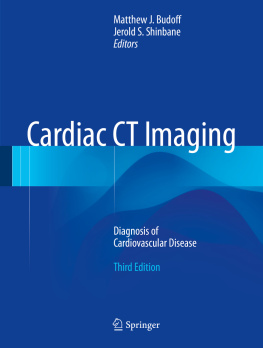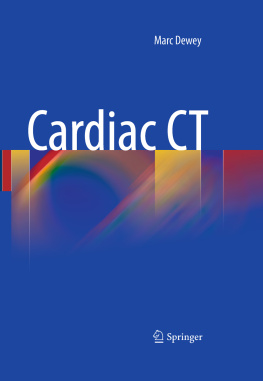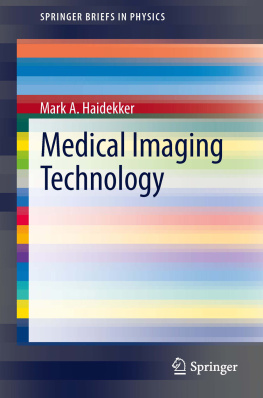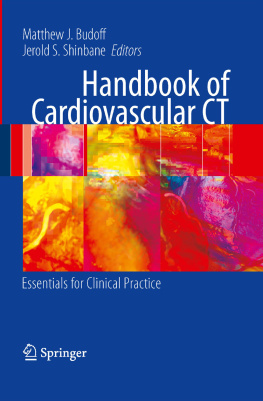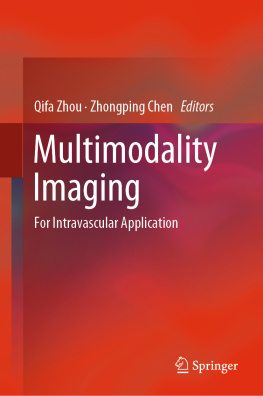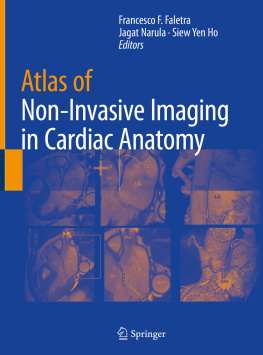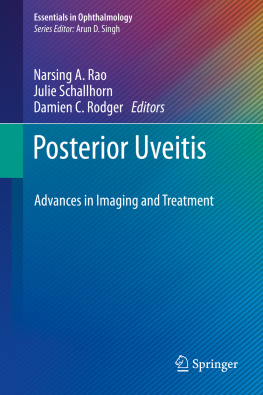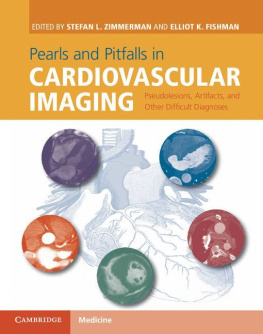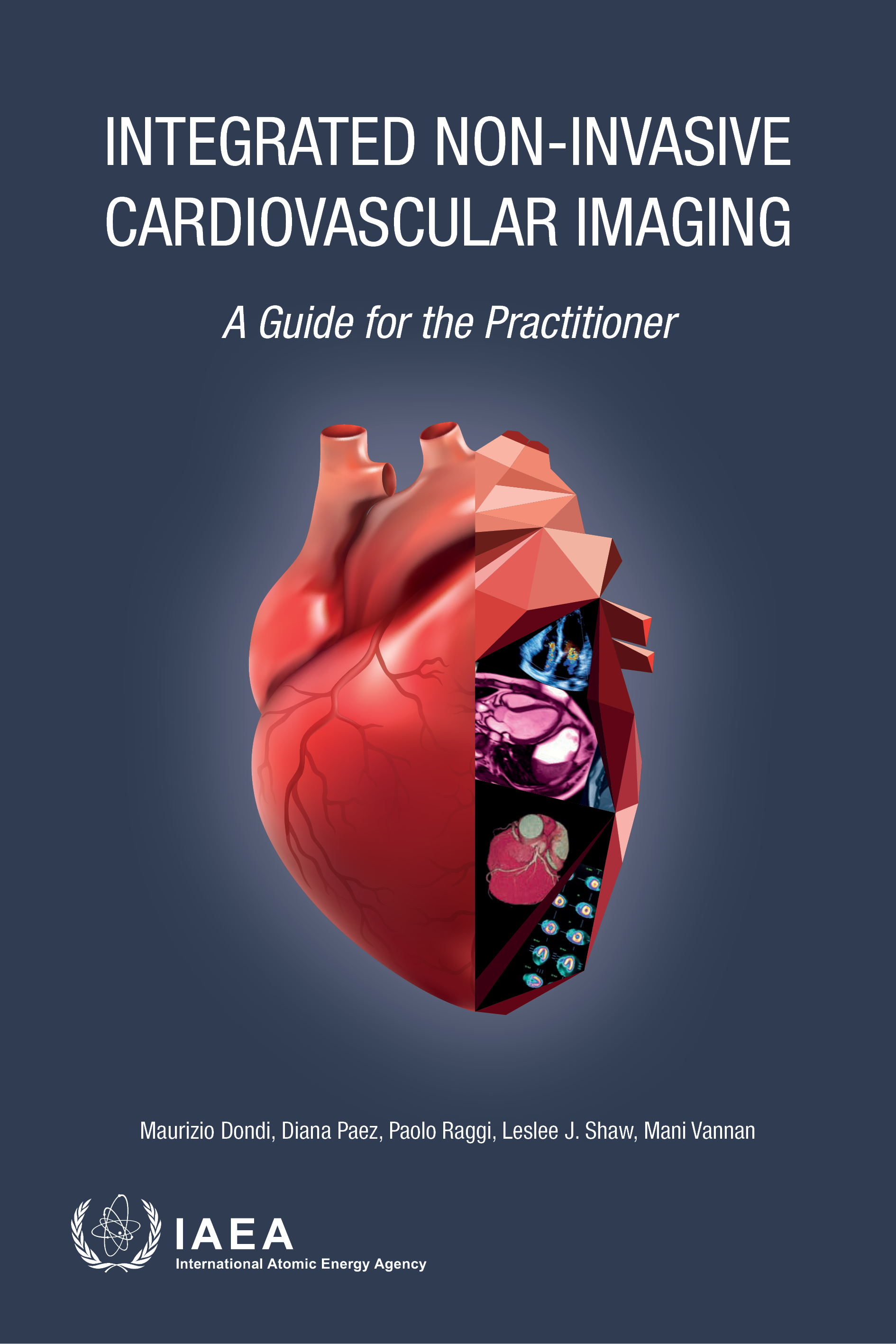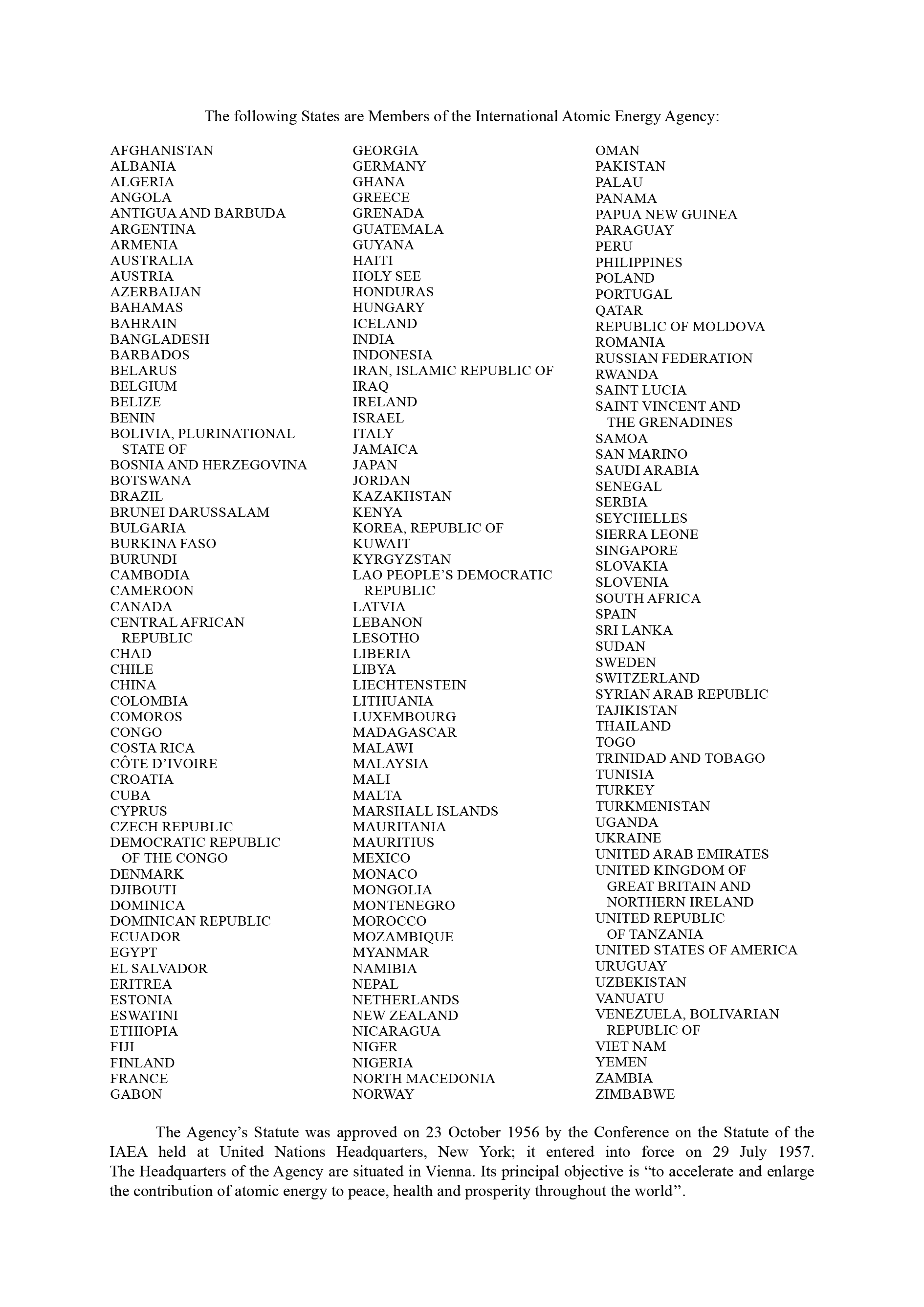All IAEA scientific and technical publications are protected by the terms of the Universal Copyright Convention as adopted in 1952 (Berne) and as revised in 1972 (Paris). The copyright has since been extended by the World Intellectual Property Organization (Geneva) to include electronic and virtual intellectual property. Permission to use whole or parts of texts contained in IAEA publications in printed or electronic form must be obtained and is usually subject to royalty agreements. Proposals for non-commercial reproductions and translations are welcomed and considered on a case-by-case basis. Enquiries should be addressed to the IAEA Publishing Section at:
Names: International Atomic Energy Agency.
Title: Integrated non-invasive cardiovascular imaging : a guide for the practitioner / International Atomic Energy Agency.
Description: Vienna : International Atomic Energy Agency, 2021. | Series: -, ISSN ; no. | Includes bibliographical references.
Identifiers: IAEAL 21-01421 | ISBN 9789201330215 (paperback : alk. paper) | ISBN 9789201331212 (pdf) | ISBN 9789201016218 (epub) | ISBN 9789201017215 (mobipocket)
Subjects: LCSH: Heart Imaging. | Nuclear medicine. | Radioisotopes in cardiology. | Single-photon emission computed tomography. | Tomography, Emission.
FOREWORD
Cardiovascular disease is a major contributor to premature morbidity and mortality worldwide, and improving human health through early and effective diagnostic imaging is an effective means to positively influence the health of a population. Through efforts within the IAEA, numerous initiatives have been developed, or are underway, to promote quality medical imaging practices for the detection and guided treatment of cardiovascular disease. These regional and global training and educational programmes emphasize the importance of worldwide standards for instrumentation, protocols, appropriate use, and high quality image interpretation and report ing practices.
The importance of addressing cardiovascular diseases and other non-communicable diseases is recognized by United Nations organizations. Under United Nations Sustainable Development Goal 3, to ensure healthy lives and to promote well being for everyone at all ages, the target is to reduce premature non-communicable disease mortality by one third by 2030. The Global Action Plan, designed by the World Health Organization, aims at preventing and controlling non-communicable diseases and offers a roadmap and policy options. The aim is to prevent heart attacks and strokes and to achieve a 25% relative reduction in premature mortality from non-communicable di seases by 2025.
Integrated cardiovascular imaging is an evolving concept. Recent advances in technology have contributed to the development of new imaging modalities and the refinement of existing ones, leading to major improvements in the accuracy of diagnosing cardiovascular and other diseases. While modality centric knowledge and expertise have been the primary drivers of improvement in each modality, this has also contributed to imagers working in silos, which has resulted in limited intermodality coordination and collation of information relevant for patient care. Non-invasive imaging tools to diagnose and stratify risk in cardiac disease and to guide its management include echocardiography, coronary computed tomography angiography (CCTA), cardiac magnetic resonance (CMR) imaging and nuclear cardiology, using either single photon emission computed tomography (SPECT) or positron emission tomography (PET) coupled with computed tomography (CT). Each of these techniques has distinct characteristics that allow the evaluation of details of the anatomy of the heart, its physiology or both. Depending on a patients characteristics and the various potential clinical presentations, some of these techniques may be better suited for some patients than other techniques, either for the initial work-up of a certain condition or as a follow-up method to evaluate a condition alrea dy identified.
The IAEA plays an integral role in the development of clinical trial evidence and in the development of guidance documents to synthesize available data into optimal strategies of care. Examples of IAEA sponsored research can be found in recen t publications.
The availability of technology is quite heterogeneous worldwide. Some countries have access to only the most basic tools to evaluate the heart, such as electrocardiogram, exercise treadmil l/b icycle test and echocardiography. Other countries have various degrees of access to more advanced imaging technologies, such as SPECT, CCTA, CMR imaging and PE TC T. It is advisable that physicians use all the diagnostic potential of any techniques available, applying internationally accepted standard protocols, and that the results be interpreted and acted upon appropriately.
This publication provides comprehensive guidance on the rationale for and implementation of integrated cardiovascular imaging for practitioners. Imaging experts can embrace optimal strategies of cardiovascular imaging to address an array of clinical conditions. By applying high quality evidence published in peer reviewed literature, vast opportunities are available to improve the lives of patients at risk of and diagnosed with cardiovascular disease, many of whom will benefit from the use of cardiovascular imaging to guide optimal therapeutic d ecision making.
The IAEA is grateful to all who contributed to the drafting and review of this publication, in particular P. Raggi (Canada), L.J. Shaw (United States of America) and M. Vannan (United States of America). The IAEA acknowledges the contributions of the late Ravi Kashyap of the Division of Human Health. The IAEA officers responsible for this publication were M. Dondi and D. Paez of the Division of Human Health.
EDITORIAL NOTE
Although great care has been taken to maintain the accuracy of information contained in this publication, neither the IAEA nor its Member States assume any responsibility for consequences which may arise from its use.
This publication does not address questions of responsibility, legal or otherwise, for acts or omissions on the part of any person.
Guidance provided here, describing good practices, represents expert opinion but does not constitute recommendations made on the basis of a consensus of Member States.
The use of particular designations of countries or territories does not imply any judgement by the publisher, the IAEA, as to the legal status of such countries or territories, of their authorities and institutions or of the delimitation of their boundaries.




